
Document Center
The Document Center provides easy access to public documents. Click on one of the categories below to see related documents or use the search function.
Reduce is the first, and most important, of the 4Rs because preventing waste before it happens has the biggest impact. By preventing waste at the start, you prevent all the resources that go into making that item from being wasted too, like energy, labor, and water. There are great ways to practice Reduce, from reducing contamination in recycling and organics, to reducing plastic use, to reducing wasted food and more.
Reduce Plastic Use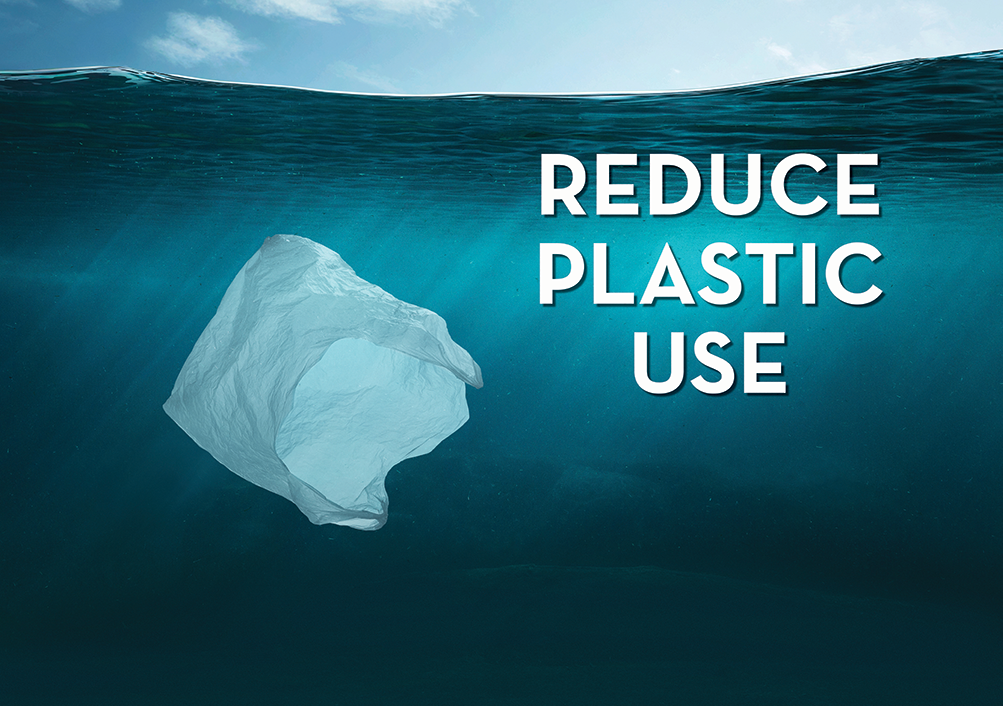
There are issues with plastic, and even with recyclable plastics, which are not going away any time soon. Some plastics are not easily sent out into the recycling markets, especially those without a number inside showing the recycling chasing arrows on them. Other plastics, such as takeout bags, lids, and straws can end up in creeks and waterways, which pollutes the water for marine life.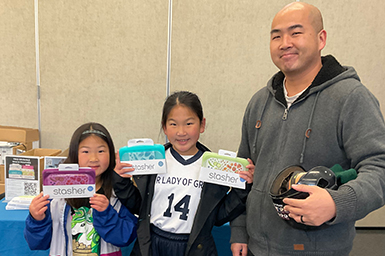
Using reusable silicone pouches, such as those given out by CVSan during Zero Waste Week 2024, helps to reduce plastic use.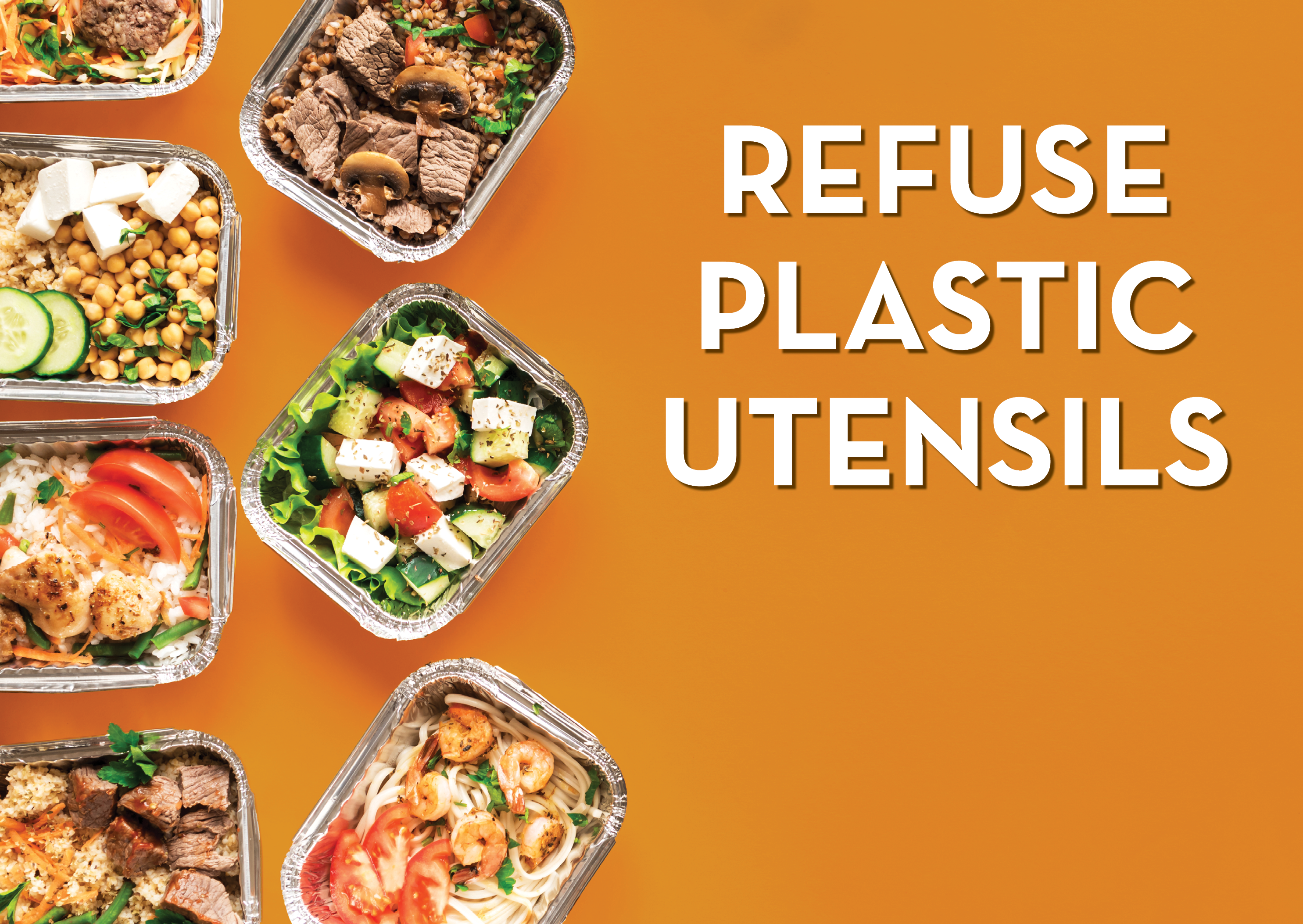
A big part of reducing plastic use is doing our part to refuse the plastic commonly given out with purchases we make. Nowhere is this more common than with takeout meals. Refusing plastic bags, straws and utensils helps reduce the plastic that will end up in the garbage and landfills.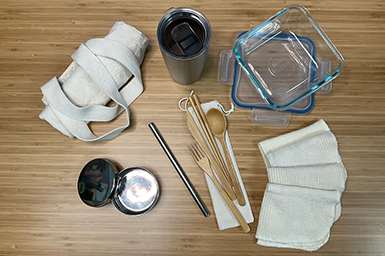
Bring your reusable bags, cups, containers, utensils, and napkins with you, and reduce waste every time!
Reduce Wasted Food
Growing and producing our food requires vast amounts of resources such as water, energy, and fuel for transportation. Did you know 80% of all fresh water goes to our agricultural system? Efficient use of these resources will reduce waste at its source.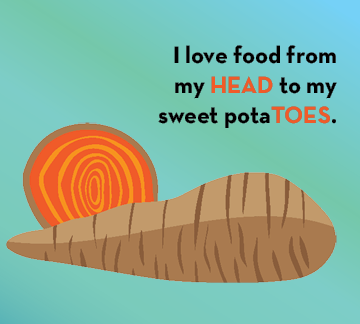
About 40% of food in the United States is wasted. About 90% of that food is still good. While composting extra food is better than garbage, more food needs to be consumed if we want to achieve better environmental and social objectives. In Alameda County, one in six adults, and one in three children are food-insecure and face the threat of hunger on an ongoing basis.
The United States Environmental Protection Agency (EPA) has developed a chart called The Wasted Food Scale (shown below). According to the EPA, the Scale “reflects the latest science as well as technological advances and changes in operational practices in the wasted food pathways. Pathways are grouped into tiers where the EPA determined them to have equivalent performance. The Scale emphasizes the importance of prevention and of diverting food waste from the sewer/wastewater treatment, landfill, and controlled combustion (i.e., incineration) pathways.” In short, the Scale shows how to make the biggest impact on reducing the environmental impacts of waste food - the darker the green color, the bigger the positive impact: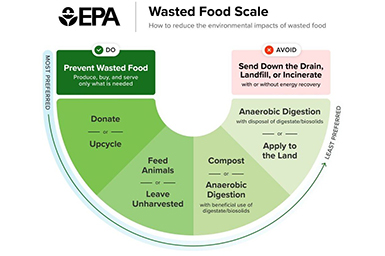
In the United States, baby formula is the only grocery item with a federal mandate to have an expiration date. For all other products, the expiration date is just a guide for peak freshness. Use your senses, and look for significant discoloration or mold, or give the food the “sniff test”. For more information on “expiration” dates, click here.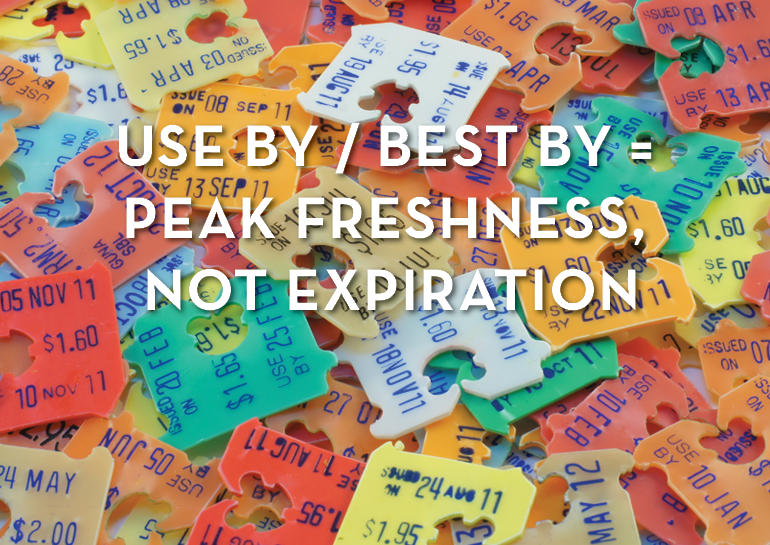
If you don’t buy the browning bananas, slightly bruised apples, or lightly wrinkled tomatoes, who will? Produce with a little bit of wear on it is still perfectly nutritious and may even have more flavor since it has had a chance to fully ripen. 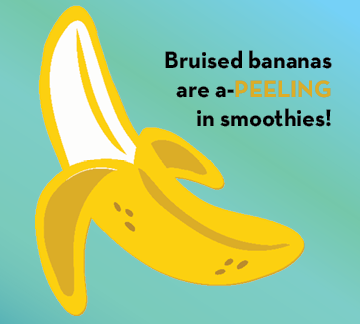
A reminder of items in the refrigerator that are nearing the end of their useful life can be very helpful. Print out Eat Me First signs and place them in your refrigerator next to the foods that need to be eaten soon. 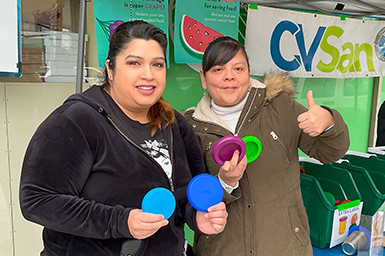
Food Huggers, such as those given out by CVSan during Zero Waste Week 2023, help reduce wasted food by extending the life of half-cut fruits and vegetables and open jars and containers.
A helpful feature on Foodfully automatically imports grocery store purchases made through Amazon Fresh, Instacart and retail rewards programs, then sends notifications to eat food before it goes bad!
Produce Storage
Does it go in the refrigerator, on the counter, or in the pantry? Answering this question for produce can extend the life of your favorite fruits and vegetables and prevent wasted food. For example, avocados, peaches, and tomatoes are best stored on the counter to ripen first. Once ripe, they should be placed in the refrigerator. Fruits such as mango, pineapple, and watermelon are best stored in the pantry. Vegetables like broccoli, carrots, and lettuce are best stored in the refrigerator, separately from fruit.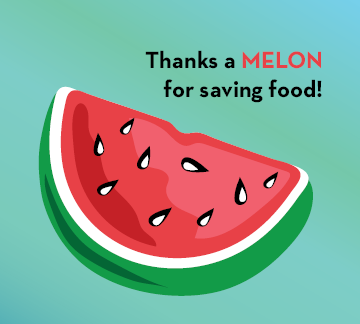
Find more tips from the Stop Food Waste Campaign’s Fruit and Veggie Storage Guide at StopFoodWaste.org/resources. You can also find recipe tips for loving leftovers, using what you have, and preventing wasted food at StopFoodWaste.org.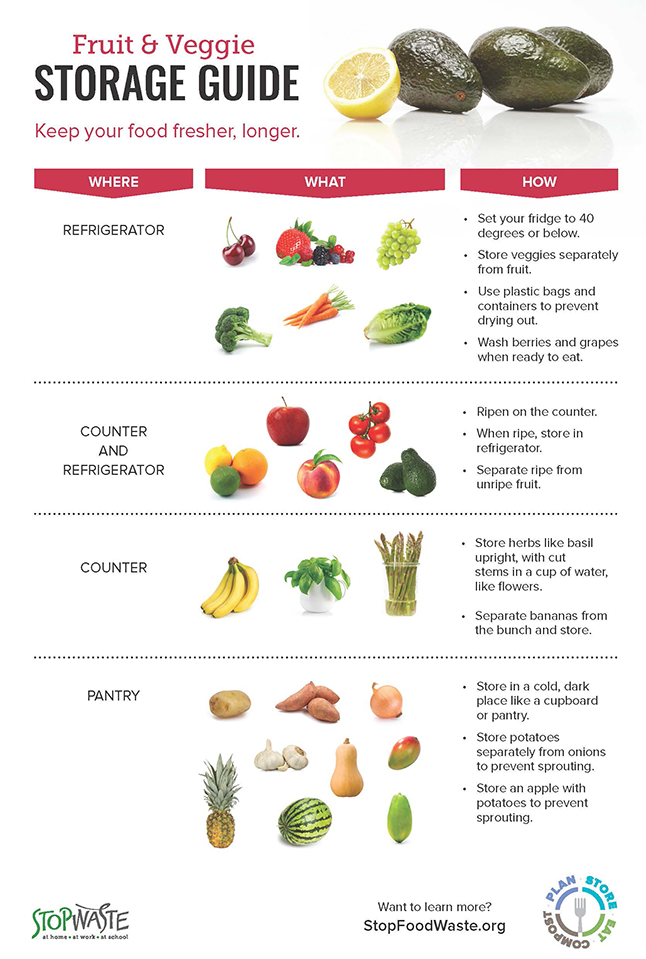
Refrigerator Organization
How you store your food and beverages in your fridge can reduce wasted food and save you money too. Did you know that leftovers are best placed on the top shelves and meat on the bottom? You might also want to reconsider placing milk in the doors since those items receive a burst of warmth every time you open the fridge. For more information on fridge organization, please see this page from StopFoodWaste.org or the graphic below from SaveTheFood.com.

The Document Center provides easy access to public documents. Click on one of the categories below to see related documents or use the search function.